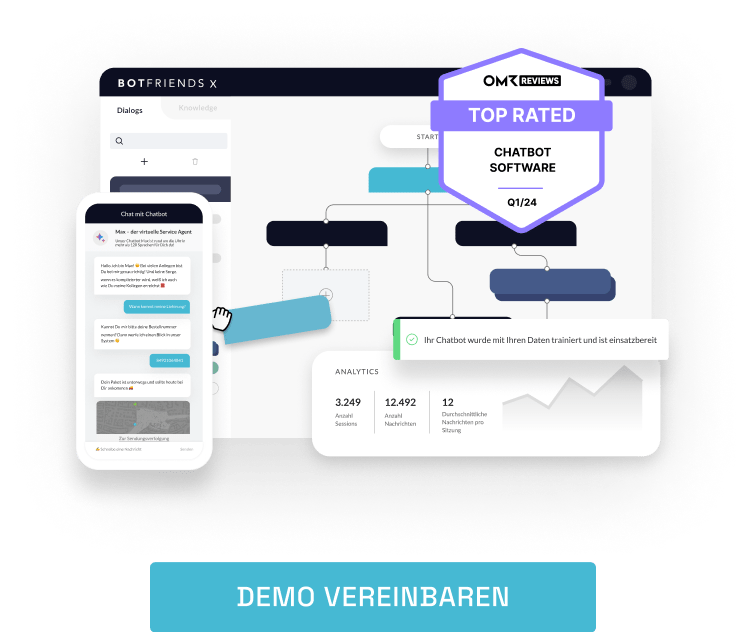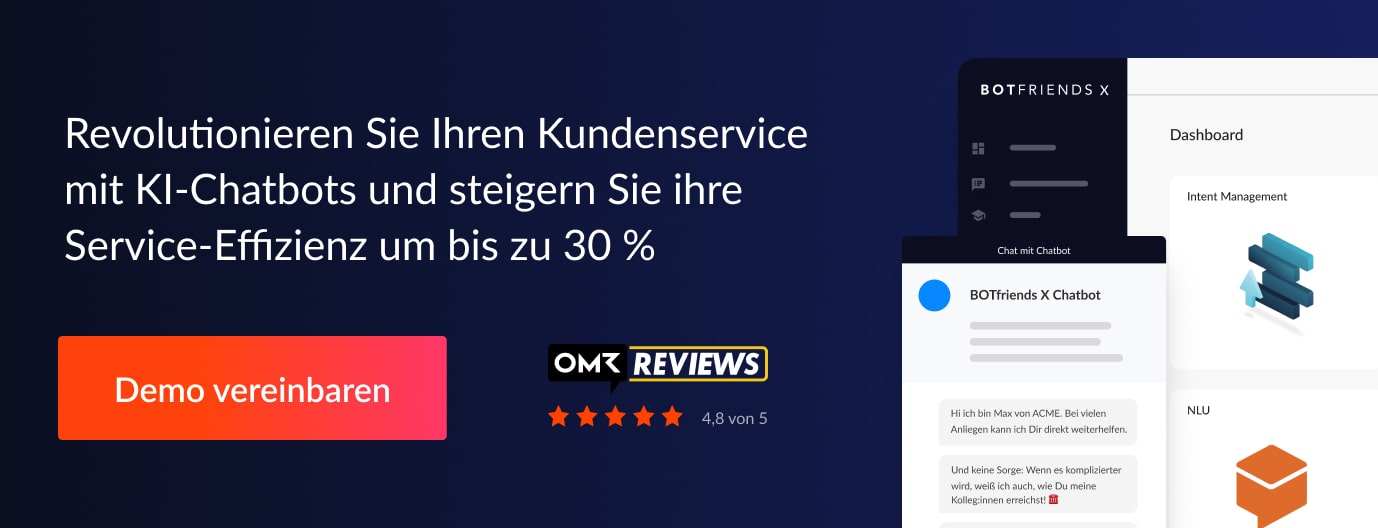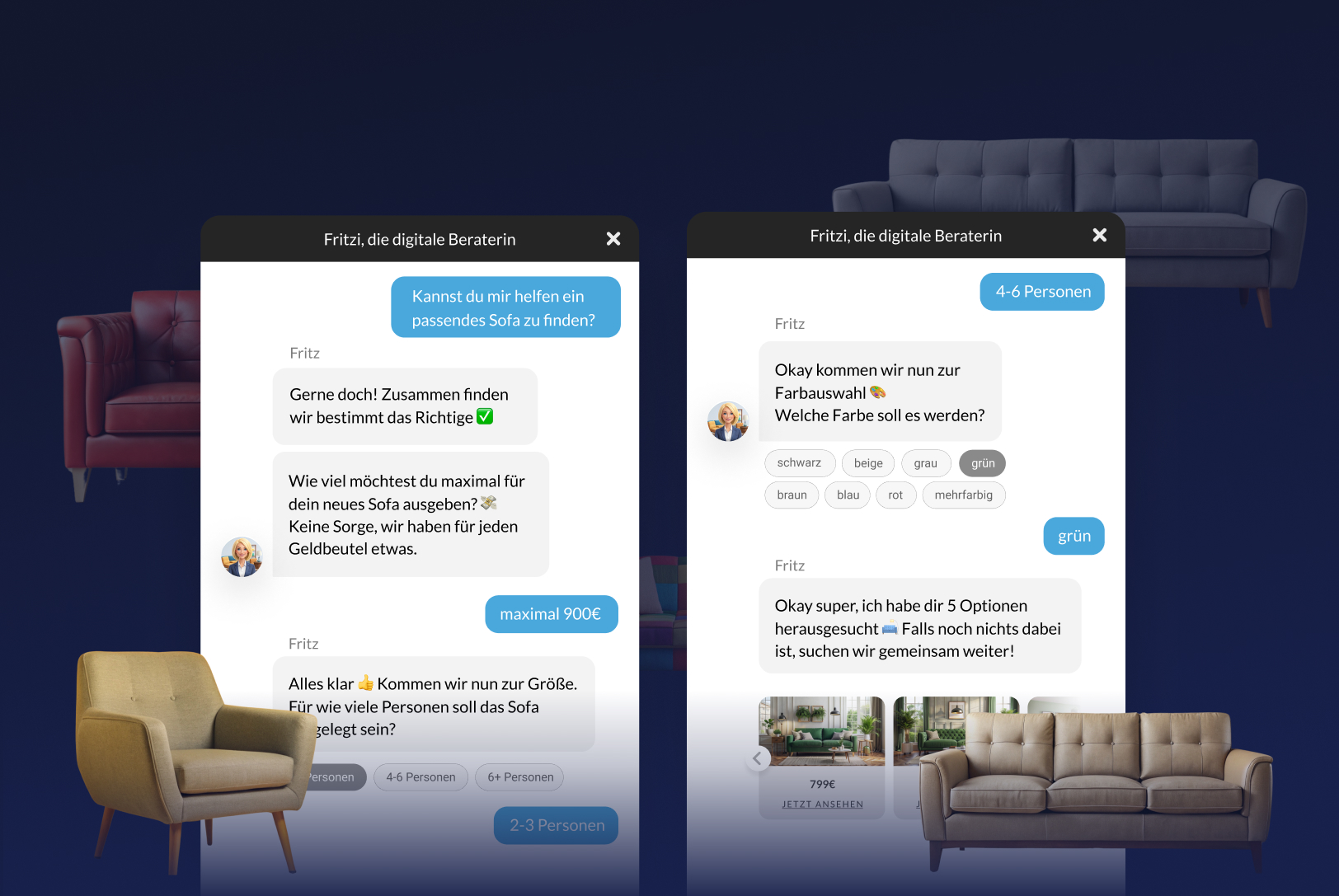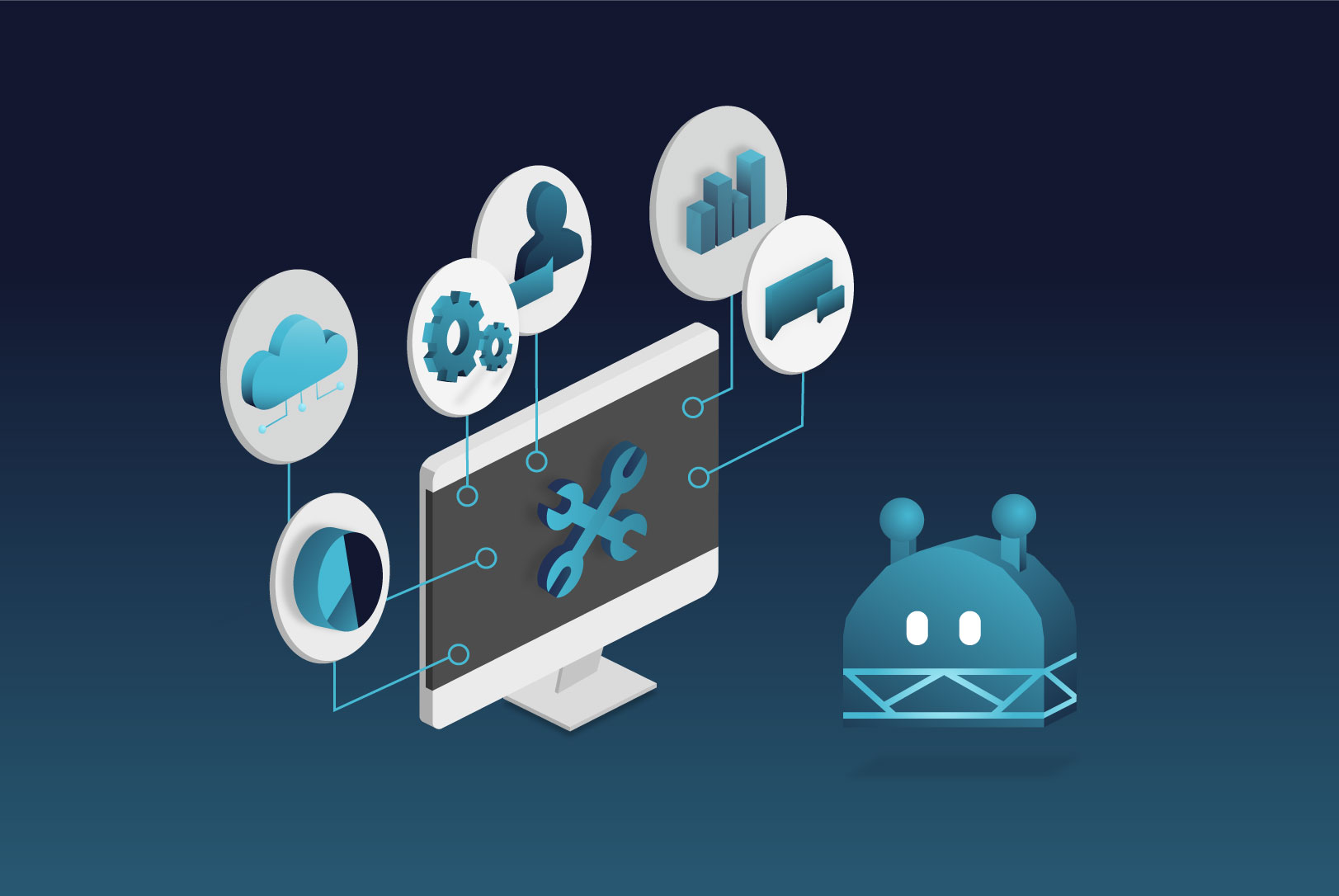When companies consider using voice and chatbots, this question is usually on the table:
Do our customers even want to use a virtual assistant?
According to the report "The New Rules of Customer Engagement" the answer to the question is a resounding yes. 69% of customers are willing to interact with a chatbot. However, they only want to do so for simple problems. Obviously, the answer is not quite so simple after all.
Therefore, in this blog post, we want to take a closer look at when people are ready to interact with virtual assistants and what they want to use chatbots for.
In which situations are people willing to talk to virtual assistants?
If you look at the results of various chatbot studies, one thing in particular stands out: Users want an answer quickly.
For example, 69% of respondents to the Chatbot Survey 2017 said they would rather contact a bot than a human agent if it meant they would get their answer immediately.
In the 2021 Chatbot Study, 75% of respondents answered the question "What did you like most about interacting with a chatbot?" that they liked the speed with which they got their answer.
Furthermore, the majority of people want to solve their problem on their own. In the CX Trends 2022 report, 76% of people said they would prefer to use a self-service solution to tackle their problem themselves before contacting customer support. Just 24% of people said they would contact customer support immediately.
Virtual assistants are therefore particularly well suited for uncomplicated queries where users want a quick answer or would like to solve something independently..
In these studies, the willingness of customers to interact with a chatbot was examined. However, the results can be transferred well to chatbots for internal communication. Here, too, employees want to have their problems solved quickly and do not always need a direct exchange with the IT department or HR.
When do customers prefer to talk to human employees?
However, for more complex concerns, people prefer contact with human staff. The same applies when they are upset, angry or in another emotional state where empathy and sensitivity are required.
In such cases, it is essential that the chatbot is able to easily forward users to a human employee. This is done via a human handover. If the user's choice of words suggests that it makes sense for a human employee to take over, the chatbot passes the conversation on to a human.
Sentiment analysis is used for this purpose. Sentiment analysis classifies certain words as positive or negative. The chatbot analyzes the words used by the users. As soon as the words used exceed a certain percentage of negatively categorized terms, the conversation can be taken over by human employees.
However, it is also possible for users to trigger the human handover themselves by asking the virtual assistant to be forwarded to a co-worker.
Virtual assistants can therefore be a great support for customers and employees alike. They just have to be used in the right situations. Then they will be used with pleasure.

 Chatbot ROI Calculator
Chatbot ROI Calculator Free training: Chatbot crash course
Free training: Chatbot crash course Whitepaper: The acceptance of chatbots
Whitepaper: The acceptance of chatbots


